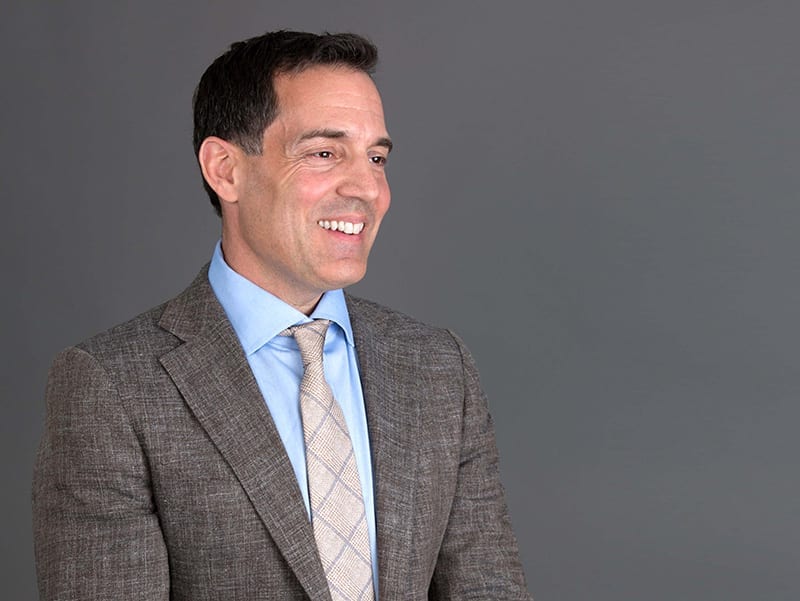15 Jan Start 2020 on the Right Foot Part 2
Last week we discussed how you can properly assess the safety of your home and your motor vehicle to stay one step ahead entering the new year. In Part 2, we will look into how you can analyze your physical and financial health as well as stay up to date on your car insurance.
Physical Health
Out of everything, our physical health is the most important thing to take care of. Many take the New Year as an opportunity to make better health decisions, like losing weight or quitting smoking. Sadly, according to US News, 80% of Americans give up on their New Year’s resolution by the second week of February. If you are determined to stick to your resolution to improve your health, these tips can help you stick to better habits.

Whether or not a resolution was made, all of us need to take care of our health. Many are reluctant to go to a Physician or a Dentist, but going to these doctors are extremely valuable to our general health. Getting your annual physical allows your doctor to assess and see if you potentially have very serious health concerns such as high blood pressure, lung disease, an over or underactive thyroid, and heart disease just to name a few. Often times, a blood and urine test are also taken to assess a plethora of functions in your body to ensure they are working well.
A dental exam will also ensure your oral health is adequate. In addition to doing an extensive cleaning on your teeth, a hygienist and dentist will check for signs of gingivitis, tooth decay and gum disease. They’ll also inform you on how you can best care for your teeth at home.
Financial Health
Living on Long Island can be especially difficult due to the high cost of living and high taxes. Therefore, it is really important to evaluate your financial health to see if your money is being used in the best way or if there are areas of improvement. Since it is tax season, many use this time of year to take an in depth look at their expenses. It’s always good to have financial goals in mind, whether its sticking to a budget or paying off a certain debt.
With the advance of technology, it is more and more convenient to keep track of your expenses and managing a budget. Apps such as Mint or EMoney break down all the charges and expenses to any savings, debit or credit accounts you have and can even break down how much you spend on certain categories of charges. The little things add up, and taking a closer look on just how much is being spent on things can really add up in the end.
When it comes to managing debt, the first priority should be any accumulated credit card debt. Interest rates on credit cards are huge, and average three to five times higher of an interest rate than a student loan. Work towards paying off those debts first, and then shave off other debts such as student loans.
Finally, you should take a look at your financial future. Do you have any 401k investments? If you changed jobs, do you have all the information to access any investments from previous jobs? If you have children, try to assess and see if you are able to save up for an education for them. As the circumstances in your life changes, you may need to update any beneficiaries to your accounts as well as update your living will. If you have aging parents, it is definitely a good idea to start preparing for any expenses that accrue for caring for them in their advanced age.
Forbes breaks down many financial suggestions depending on what stage of life you are in, to help you stay on top of your expenses.
Car Insurance Policies
Finally, take a look at your auto insurance policies to see exactly what kind of coverage you are paying for. Sometimes in an attempt to minimize their car insurance bill, many people don’t realize the areas in which they are not covered by their car insurance.
The first thing you will want to check is your no fault insurance coverage. New York State is a “no-fault” state meaning that regardless of who is at fault, your insurance company is paying for any of your medical expenses and lost wages up to $50,000 as a minimum. Sometimes unfortunately, the expenses of an injury can far exceed that. Therefore, you may consider increasing your coverage so your expenses are cared for beyond that minimum coverage. Remember, in no fault states, even if someone else caused your injury, it is your insurance’s no fault coverage that is paying for your expenses.
The next thing you will want to check is your bodily injury liability coverage. In the case that you unfortunately, injured someone else in a motor vehicle accident, your bodily liability coverage will pay for those damages. This covers over all damages beyond what no-fault will cover. The amount of expenses that can accrue from an injury can reach really high numbers. If the expenses exceed what you are covered for, you could be in a really bad situation. As a rule of thumb, the more assets you have, the higher coverage you should pursue. Therefore, we recommend if possible coverage of at least $1 million. The difference in actual payment for this coverage is really not that big, but if you are in a worse case scenario situation this can really help you out.
Finally, you will want to check your Supplemental Uninsured and Underinsured Coverage. If you are injured in a car accident because of someone who has little or no insurance coverage, SUM/UM is where your insurance can provide additional payment since the opposing party is not able to provide payment. As a minimum, New York auto insurance requires $25,000 SUM for losses not covered by No-fault. But you can increase this and be compensated even more if necessary. It’s also important to note that SUM can compensate for pain and suffering while No-fault will not.
Finally, ask your insurance provider about all the discounts available for your insurance policy and see which one benefits you the most. Reaching a different age brackets and not having incidents for certain periods of time may open up opportunities to lower your bill, but you have to ask for them first!
We hope you benefit from these tips so that you can start the new decade on the right foot.

About the Author
Steven Palermo is the managing partner for Palermo Law, Long Island’s Personal Injury Law Firm. He has been helping people receive compensation for their injuries for over 21 years. He focuses on cases involving car accidents, truck accidents, construction accidents and slip and fall injuries.
His book The Ultimate Guide to Handling New York Car Accident Claims details the ins and outs of a car accident claim in a simple, easy-to-read manner.

